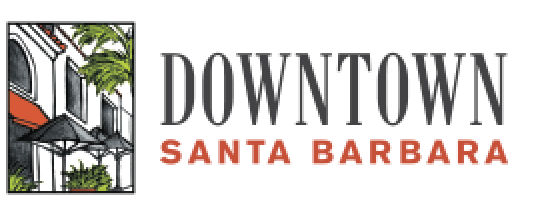The city of Santa Barbara's accelerated permit program appears to have helped improve business conditions on State Street and Coast Village Road.
According to Radius Group, the vacancy rate along State Street between Gutierrez and Sola streets has dropped from 14.8 percent in June 2018 to 13.4 percent in March 2019.
Along Coast Village Road, according to city staff, the commercial strip only had seven vacant storefronts out of 145, a vacancy rate of 4.8 percent. In Aug. 2018, the number was 8.2 percent.
"Despite some differences, we all made conscious efforts to work together," said City Councilman Erik Friedman. "We have a long way to go but we are in a much better place today."
The city in 2018 formed the Downtown Economic Vitality Working Group and the Accelerated Permit Program to help revitalize State Street, which has suffered from an exodus of retailers.
The online economy, the presence of homeless people, and a lack of landlord accountability have all contributed to the problem.
The council voted 7-0 on Tuesday to accept a series of 20 recommendations for the program going forward.
Among them:
» Conduct a public dialogue on how to achieve mixed-use and residential development downtown.
» Increase the number of applications that can be approved over-the-counter.
» Retain a State Street Community Development Officer with an office/store front on State Street to assist with recruiting tenants, maintaining outreach and dialogue with property owners and brokers, and acting as a liaison and expediter.
» Initiate a downtown visioning and master-plan process
» Create consistent oversight and accountability for permitting and planning processes to ensure that all decision makers (and applicants) abide by guidelines
Gene Deering, principal at Radius Group, said that commercial landlords must do more to own part of the State Street problem.
"If you have owned a commercial building for 30 years and you haven't invested in infrastructure . . . those are items you are going to have to budget for because it is part of ownership," Deering said.
He said on the 900 block of State Street alone, there are seven vacancies.
He said property owners should be more proactive.
"If you have a lease expiring in two years maybe you need to go talk to your tenant now," he said. "In my mind, having State Street vibrant is about having great operators."
Deering also gave credit by noting that some landlords have given discounted rents to businesses to allow them to stay there or move into place.
Although he didn't mention the company by name, he said a tech company, believed to be Amazon, plans to move into the 900 block of State St., and provide up to 300 tech workers.
"No matter how successful Saks was, they never were going to have 300 people in there," Deering said.
Councilman Oscar Gutierrez said he hopes State Street doesn't become a haven for tech companies only, because many people won't visit tech companies unless they work there. He said nobody goes to Sonos because "it is a dead space."
“I am little worried about having too much of it," Gutierrez said. "Maybe the front could be some sort of storefront and the rest of it could be office space. We don’t want to create dead spaces on State Street.
Deering, however, said that won't happen, and a mix is good.
“We don’t need 14 blocks of retail," Deering said.
Several of the council members and Deering also praised the city's success with creating pop-up retail shops on State Street.
— Noozhawk staff writer Joshua Molina can be reached at jmolina@noozhawk.com.





